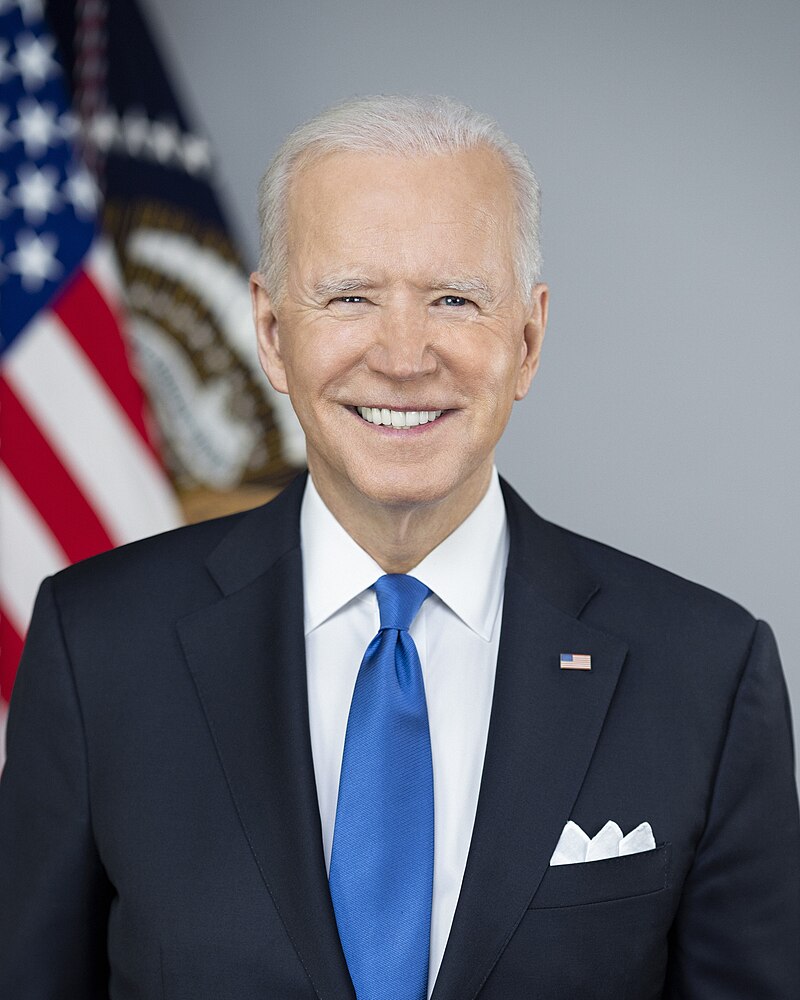On July 16, 2010, some unusual research conducted by Professor Michael Riehle’s lab at the University of Arizona and Dr. Shirley Luckhart’s lab at the University of California Davis came to fruition. These scientists met success after months of seeking to genetically modify mosquitoes to be resistant to plasmodium, the parasite responsible for malaria.
Throughout history, and still today, malaria has devastated populations in towns across the globe. The Center for Disease Control reports that there are “350–500 million infections worldwide and approximately 1 million malaria-related deaths annually.” Malaria is especially prevalent in Africa, Central and South America, parts of the Caribbean, South Asia, Southeast Asia, the Middle East, Eastern Europe and the South Pacific.
Symptoms of malaria range from “fever and influenza-like symptoms, including chills, headache, myalgia, and malaise,” to more severe problems such as “seizures, mental confusion, kidney failure, acute respiratory disease syndrome (ARDS), coma, and death,” according to the CDC.
In an effort to find a solution to the damaging disease, Riehle and a team of scientists decided to go to the root of the problem — the mosquito.
“The diverse physiological processes controlled by insulin, including lifespan, reproduction and immunity, provide a great target for controlling the malaria parasite in the mosquito,” said Riehle to the Guilfordian.
The scientists found that, by using insulin to alter the mosquitoes’ output of Akt, a signaling protein, “more Akt was produced, enabling the immune system to fight off plasmodium,” Fox News reports. This means the mosquitoes are able to fight off the parasite, so that it is not passed on to the next victim of the mosquito’s bite.
“We were surprised how well this blocked malaria parasite development,” Riehle said to the Guilfordian.
One side effect of this change, however, has been a shortened lifespan of the genetically-altered mosquitoes. This posed issues for the scientists.
For the malaria-resistant gene to be passed on, the genetically modified mosquito must reproduce. If the mosquitoes have short life spans, they will have less opportunity to reproduce and pass on the gene. Because of this, it would only take a short time for natural selection to weed out the altered mosquitoes and all of the scientists’ work would be in vain.
“Before we do this, we have to somehow give the mosquitoes a competitive advantage over the disease-carrying insects,” said Riehle to BBC News.
In efforts to increase the evolutionary prowess of these new mosquitoes, the scientists have been studying the insulin and insulin growth factor 1 signaling cascade.
“We are interested in understanding the role this signaling cascade has on the ability of the mosquito to transmit disease,” the scientists state on the Riehle Lab’s website, Riehlelab.arizona.edu.
The ISS cascade influences a number of processes in invertebrates, including stress, longevity, reproduction and immunity. More specifically, the Riehle Lab website states that it is “studying two key physiologies that determine how effectively a mosquito transmits disease, lifespan and immunity.”
After much testing, the scientists discovered that, through genetic modification, the ISS cascade can increase the number of eggs laid by the mosquito, which would cause the genetically modified mosquitoes to reproduce more quickly and potentially replace the population of wild mosquitoes with malaria-resistant, GM mosquitoes.
This research could theoretically lead to the eradication of malaria on a global scale. However, there are still more tests to be conducted before the genetically modified mosquitoes can be released into the wild. BBC reports that, “Once the science is pinned down, the risks and benefits to the environment, and to human health, will have to be properly assessed.”
Still, Riehle has high hopes for the project.
“Long term we hope to use this anti-malaria approach in combination with other anti-malaria molecules to generate a malaria resistant mosquito that the parasite won’t be able to develop resistance against,” said Riehle to the Guilfordian. “This mosquito could then be used to replace the wild, malaria susceptible mosquito population.”
Other labs are also getting involved in the search for a way to give these GM mosquitoes both an advantage in the wild as well as immunity to plasmodium. It is only a matter of time before one of the many labs searching for a solution find one, and malaria, like the bubonic plague, becomes history.







Valdenizio • Mar 14, 2012 at 1:27 pm
Great strides have been made in many pacles in the fight against malaria, a disease that kills a million people, most of them children, every year. That’s what World Malaria Day is all about. It draws attention to the many successful ways the war against malaria is being waged, mainly through the distribution of insecticide-treated bed nets and other relatively low-tech preventive measures. Unfortunately, children in the Democratic Republic of Congo remain highly vulnerable.According to the World Health Organization, less than 1% of DRC children under five years of age sleep under protective nets. This results in most of them suffering six to ten malaria-related fever incidents per year. The disease also accounts for 45% of childhood mortality, which overall runs to 20%. In short, malaria kills nearly one in ten children in the Congo every year.In I explore how continuous armed conflict in the country is responsible for many of these deaths. Medical supplies can’t be distributed when roads, railroads, and airstrips have been destroyed. Treatment can’t be delivered by medical personnel who have been chased from their clinics and hospitals. People driven from their homes, plagued by malnutrition, inadequate shelter, and lack of sanitary facilities are weak and less capable of warding off disease. War creates a breeding ground for death by malaria just as surely as swamps full of stagnant water breed anopheles mosquitoes.Although the intensity of conflict has decreased since the truce of 2003 and democratic elections of 2006, millions of displaced persons still struggle to survive and hot spots remain in the eastern and western provinces. Collapsed infrastructure has severely weakened the health system in the DRC, and the strengthening process is a slow one. The DRC, unfortunately, has little to celebrate this World Malaria Daydave, thanks for stopping by and for shedding light on the armed conflict in the drc.
Adrian Lankester • Feb 21, 2012 at 8:32 pm
nice topic Bob!
rubyrm • Feb 20, 2012 at 7:06 am
Interesting research . But a glaring misconception. The root of the problem is not the mosquito. It is the Larvae. Why go to war in the air when you can do it on the ground. WW2 Japanese strategy. Same concept different application. This type of R&D will take years and lots of funds. Meanwhile millions of lives will be sacrificed. Mousticide is the way to go. It is here proven and available.